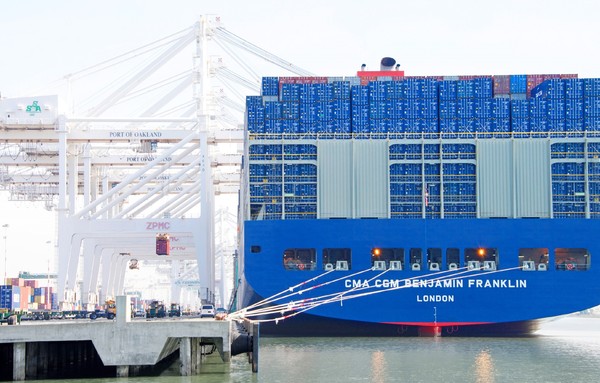It is estimated that logistics activity generates around 10% of the global greenhouse gases (GHG) that deteriorate the quality of the environment. This is because the carriage and distribution of goods is carried out entirely by means that use highly polluting fossil fuels.
With growing concern about the effects of climate change, we see that society and companies, insurers included, are becoming aware of the importance of supporting sustainable and environmentally friendly initiatives. However, I do not think that cargo insurers are aware of the valuable contributions they have been making for decades to limit environmental pollution.
Sustainable logistics practices
To substantiate my point of view, it is first necessary to know what the good practices are, and the following could be highlighted:
- Optimisation of cargo and routes.
- Monitoring and control of transport vehicles.
- Road drivers’ behaviour.
- Use of recyclable containers and packaging.
- Established environmental programmes.
- Environmental certifications such as ISO 14000.
The effective contribution of cargo insurance
After analysing different recommendations, we found that many align with those that professional cargo insurers carry out through their risk analysis and prevention programmes.
Among the most relevant are the following:
- Use of systems to design routes.
- Monitoring of the distances travelled by each vehicle.
- Monitoring and limiting the speed of vehicles during their trips.
- Established plans of distribution and transportation routes.
- Policies established to maintain vehicles.
Towards a sustainable insurance model
As can be seen, cargo insurance has been contributing to improving logistics practice without being specifically aware of it; however, there is much more you could do to benefit the environment and your own bottom line by improving the risk profile of your portfolio. Incorporating a look at sustainability into traditional risk analysis would be a significant contribution.
